Surgical amputation of a limb 31,000 years ago in Borneo
- PMID: 36071168
- PMCID: PMC9477728
- DOI: 10.1038/s41586-022-05160-8
Surgical amputation of a limb 31,000 years ago in Borneo
Abstract
The prevailing view regarding the evolution of medicine is that the emergence of settled agricultural societies around 10,000 years ago (the Neolithic Revolution) gave rise to a host of health problems that had previously been unknown among non-sedentary foraging populations, stimulating the first major innovations in prehistoric medical practices1,2. Such changes included the development of more advanced surgical procedures, with the oldest known indication of an 'operation' formerly thought to have consisted of the skeletal remains of a European Neolithic farmer (found in Buthiers-Boulancourt, France) whose left forearm had been surgically removed and then partially healed3. Dating to around 7,000 years ago, this accepted case of amputation would have required comprehensive knowledge of human anatomy and considerable technical skill, and has thus been viewed as the earliest evidence of a complex medical act3. Here, however, we report the discovery of skeletal remains of a young individual from Borneo who had the distal third of their left lower leg surgically amputated, probably as a child, at least 31,000 years ago. The individual survived the procedure and lived for another 6-9 years, before their remains were intentionally buried in Liang Tebo cave, which is located in East Kalimantan, Indonesian Borneo, in a limestone karst area that contains some of the world's earliest dated rock art4. This unexpectedly early evidence of a successful limb amputation suggests that at least some modern human foraging groups in tropical Asia had developed sophisticated medical knowledge and skills long before the Neolithic farming transition.
© 2022. The Author(s).
Conflict of interest statement
The authors declare no competing interests.
Figures


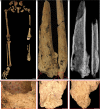
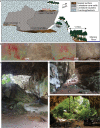
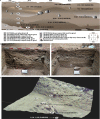


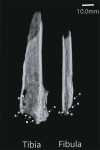
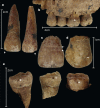
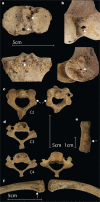
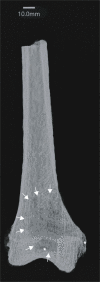

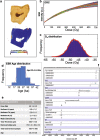
Comment in
-
Reply to: Common orthopaedic trauma may explain 31,000-year-old remains.Nature. 2023 Mar;615(7952):E15-E18. doi: 10.1038/s41586-023-05757-7. Nature. 2023. PMID: 36922613 Free PMC article. No abstract available.
-
Common orthopaedic trauma may explain 31,000-year-old remains.Nature. 2023 Mar;615(7952):E13-E14. doi: 10.1038/s41586-023-05756-8. Epub 2023 Mar 15. Nature. 2023. PMID: 36922615 Free PMC article. No abstract available.
References
-
- Roberts, C. A. in The Archaeology of Medicine (ed. Arnott, R.) Vol. 1046, 1–20 (Archaeopress, 2002).
-
- Buquet-Marcon, C., Philippe, C. & Anaick, S. The oldest amputation on a Neolithic human skeleton in France. Nat. Prec.10.1038/npre.2007.1278.1 (2007).
Publication types
MeSH terms
Substances
LinkOut - more resources
Full Text Sources

